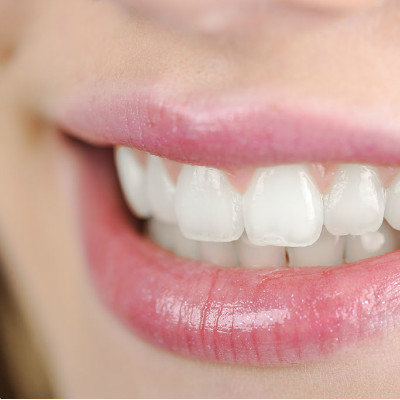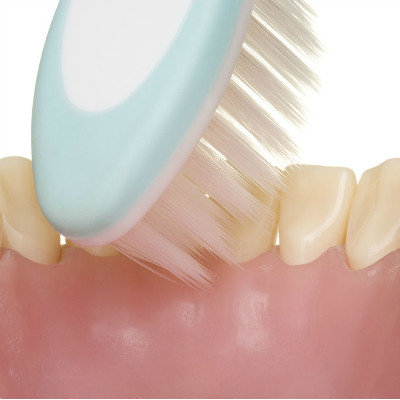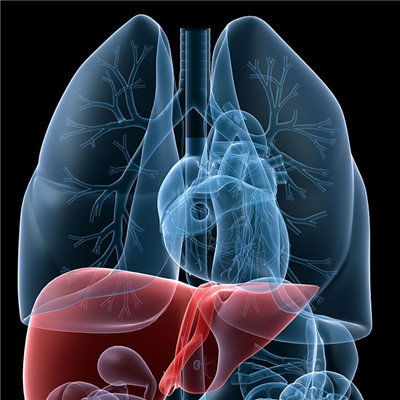What is periodontal disease?
summary
Periodontal disease refers to the disease that occurs in the tooth supporting tissue (periodontal tissue), including gingival disease only involving gingival tissue and periodontitis involving deep periodontal tissue (periodontal ligament, alveolar bone, cementum). Periodontal disease is a common oral disease, which is one of the main causes of adult tooth loss, and also a major oral disease endangering human teeth and health. What is periodontal disease? Let's talk about it
What is periodontal disease?
Gingivitis, mainly limited to the gingival tissue of inflammatory lesions, generally does not involve deep periodontal tissue. In periodontal disease, the most common manifestations are gingival swelling and bleeding, periodontal pocket formation, periodontal pocket abscess, tooth loosening, gingival recession, periodontal abscess and so on. The formation of pathological periodontal pocket is the main lesion in periodontitis.

Because the occlusal pressure is too large or the direction is abnormal, it exceeds the load that the periodontal tissue can bear and causes the destruction of the periodontal supporting tissue. Slow development, generally no obvious symptoms, sometimes feel weak chewing, or sometimes have dull or dull pain.

Chronic inflammation is characterized by repeated attacks and progressive development. Clinically, it is mainly characterized by alveolar bone absorption and tooth loosening, which gradually leads to occlusal trauma and tooth displacement, and finally leads to tooth loss and poor support of the remaining teeth, which makes it difficult to repair.

matters needing attention
At present, the most effective way to control and eliminate dental plaque is to brush teeth correctly every day, massage gums, promote gingival blood circulation, and enhance the disease resistance of gingival tissue. Pay attention to exercise, enhance the body immunity.










